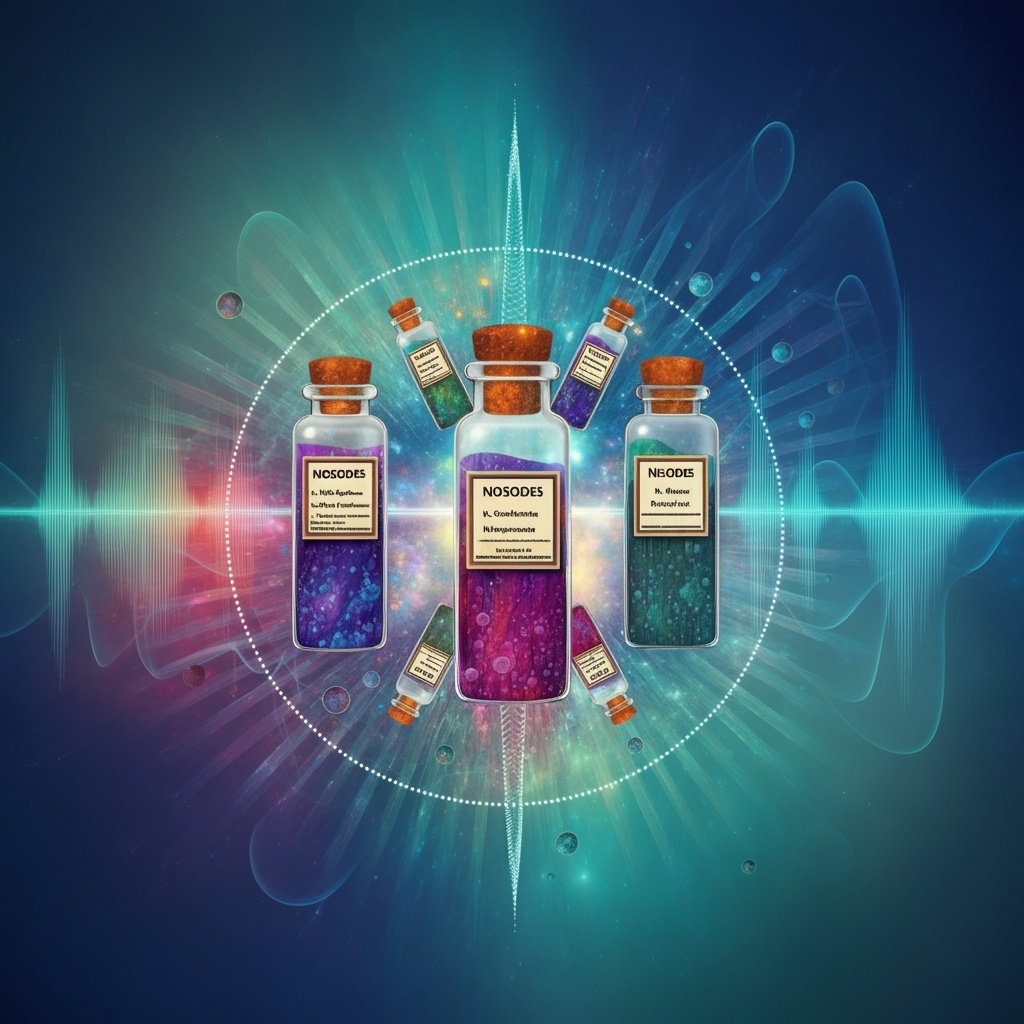
Autonosodes: An in-depth investigation
Introduction to autonosode therapy
Autonosodes are a special form of homeopathic medicine made from the patient's own body material. This practice is based on the idea that the body's own substances, when potentised appropriately, can have a healing effect. Therapy with autonosodes is therefore particularly personalised and is often used as a complement to other treatment methods.
Background and history of autonosodes
The development of autonosodes goes back to the work of Samuel Hahnemann, the founder of homeopathy. In the 19th century, Constantin Hering refined the method by researching the potentisation of pathogenic substances. The term "nosode" is derived from the Greek word "nosos" for disease and describes homeopathic preparations that are made on the basis of diseased tissue (source: Heilpraxis für Regulative Medizin).
Production and application
Autonosodes are prepared by potentising substances such as saliva, urine or even the patient's blood. This involves constant dilution and shaking in order to extract the medicinal information and use it therapeutically (source: Homeocur). These potentised remedies are then administered in the form of globules or drops.
Almost any body fluid can be used to create an autonosode, with D-potencies (1:10 dilution ratio) and C-potencies (1:100 dilution ratio) being used in particular. One of the most common dosage forms are the so-called placenta globules (source: Lender Apotheke Sasbach).
Areas of application and effectiveness
- Allergies - They can alleviate complaints such as hay fever.
- Chronic diseases - Useful for diseases such as cystitis and skin diseases such as psoriasis.
- Boosting the immune system - Due to the specific information that reaches the body, autonosodes can help to modulate the immune system (source: Mentop Pharma).
In many cases, autonosode therapy is used alongside other medical treatments. Patients often report an improvement in their self-healing powers and a general strengthening of the immune system.
Frequency therapy and autonosodes
Using modern frequency therapy equipment, we have the possibility to digitise (scan) information from person-specific materials such as stool, blood, urine, saliva, wound secretions, resection material, etc. This offers an incredibly wide range of possibilities with digital frequency therapy.
It offers an incredibly broad possibility to support the body's own regulation with digitised substances in the sense of nosode therapy.
Caveats and side effects
The production of autonosodes is subject to strict quality controls in order to minimise risks. Nevertheless, in rare cases slight side effects such as reddening of the skin or headaches may occur, but these are generally harmless and subside quickly (source: Heilpraxis für Regulative Medizin).
Research and outlook
Research into the effectiveness of autonosodes is ongoing and practices are constantly being developed to optimise treatment options. As with many homeopathic approaches, scientific acceptance varies, making further research necessary.
Conclusion
Autonosodes provide a fascinating approach to natural medicine by utilising the healing powers of the human body itself. Despite the sometimes controversial opinions, interest remains high as many people trust in personal experience reports and the gentle therapy options. Provided that the treatment is carried out in consultation with qualified specialists, this method can be a valuable addition to the spectrum of alternative healing methods.
